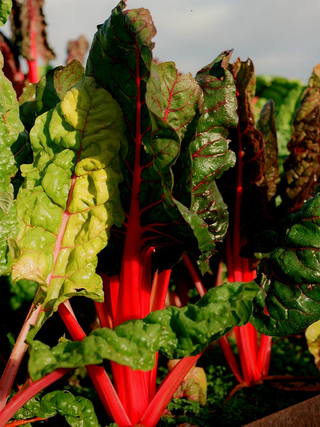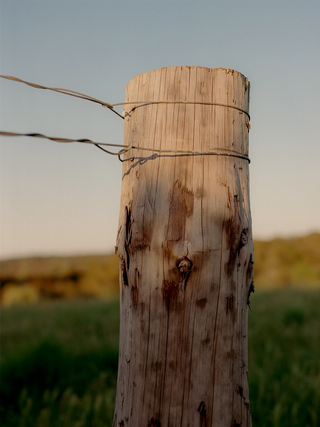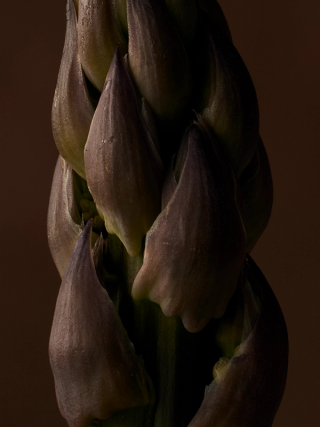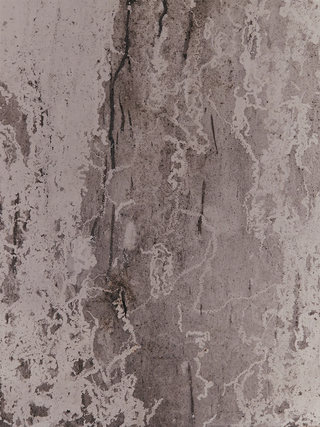VNTNRTM
VNTNRTM
VNTNRTM connects makers drinkers & thinkers in the pleasure of wine

Chronicles of Wine Drinkingby Sophie Otton
Illustration by Melia Tandiono
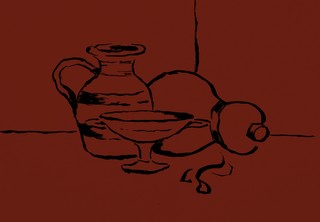
PART I: The history of wine vessels from Georgia to George Ravenscroft
It all started with nature herself. Gourds, shells, animal horns and skulls were the first objects people used to drink liquids. By the time the earliest wines were being made in Georgia, some 8000 years ago, much of human society was developing agriculture and industry, including the production of fired clay vessels to produce, store and consume wine. While few of these rudimentary receptacles remain intact, chemical analysis of pottery fragments excavated in the region confirms that the wines were made from vitis vinifera, the same species of grape that modern winemaking is based upon.
Over the next 1500 years, winemaking slowly spread from Georgia in the east across to Phoenicia and Egypt, and then into Greece, where the wines provide the first real links to contemporary wine production. Archaeology reveals that the ancient Greeks most commonly consumed their wine from a kylix; a cup. These were broad shallow dishes, often decorated with representations of festive or licentious revelry that would gradually be revealed as the wine was consumed. They were requisite at the Greek Symposia; elite, male-only feasts that concluded with parties, where the low-profile dishes were ideal for imbibing wine whilst reclining on couches.
Wine first arrived in western Europe throughout the Bronze Age, at which point metal drinking cups entered the scene. In Greece, kylikes remained the preferred vessel but now they were rendered in gold, silver or bronze. (Likewise, the drinking horns of antiquity were also mimicked in metal.) And in fact, the kylix remained fashionable for a good while longer. The Celts, who spread through western Europe from about 1200BCE, were extremely partial to Greek wine and enjoyed drinking it the same way; imported kylikes have been excavated from sites they occupied around 500BCE in modern-day Burgundy.
"First produced in Egypt, the process was refined around 1500BCE when molten glass was spun over a mould, creating a hollow receptacle; creating history’s first wine glasses."
But it is the invention of glass, and the subsequent refinement of its production, that really connects with our modern understanding wine consumption and appreciation. First produced in Egypt, the process was refined around 1500BCE when molten glass was spun over a mould, creating a hollow receptacle; creating history’s first wine glasses. The development of glass blowing in the first century BCE was adopted by the Romans and saw the rapid advancement of glassmaking technology. The glass was opaque, and frequently coloured by the addition of various minerals, with design work done after the glass had cooled using the grinding techniques of stonemasonry. Simple and stemless, they were recognised as ideal. Roman author and naturalist, Pliny the Elder, was the first to note the advantages of glass in 79CE. “For drinking vessels, glass has quite superseded the use of gold or silver,” he wrote.
The fall of the Roman Empire slowed regional glass production for some time, and silver chalices (from the word kylix) came back into vogue, despite metal being known to affect the flavour of wine. By the 13th Century, however, the Republic of Venice was the hub of European glass production. In the early 1400s, what we today recognise as a modern wine glass - with a bowl, stem and base - first came into use, and in 1455 Italian artisan and scientist Angelo Barovier developed clear glass, ‘crystallo’, ultimately prompting winemakers to clarify their wines to increase its visual appeal.
In 1657, English glassmaker George Ravenscroft invented lead crystal, increasing the durability of glass as well as drastically improving its appearance. In the early 1700s, short tumblers dominated for some time, but stemmed glasses returned by the end of the century and have remained in fashion ever since. Since that time, most wine-glass developments have involved variations of the size and shape of the bowl for the appreciation of different elements of the wine, or the stem and base as aesthetic components auxiliary to that. Still, with humanity’s obvious compulsion to improve the wine drinking experience, one can’t help but wonder, where to next?


